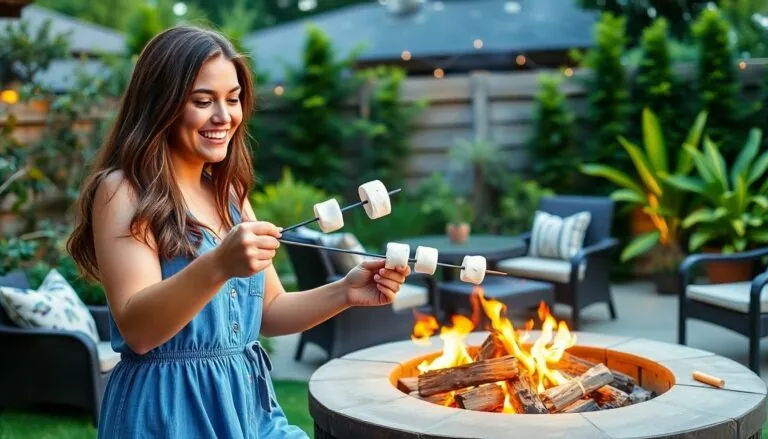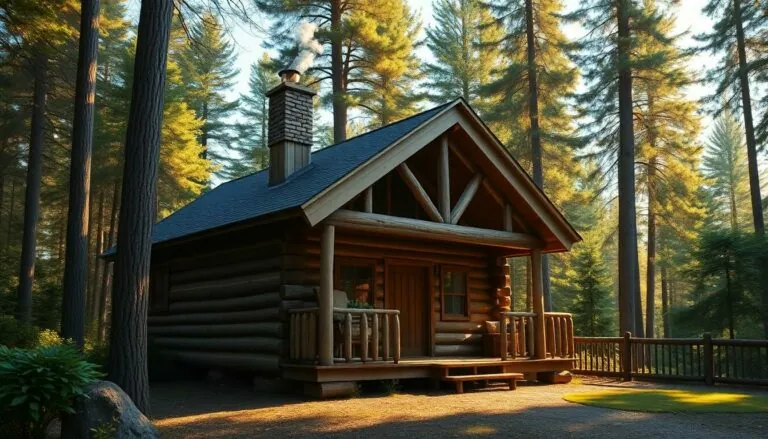Imagine walking into a room where the lighting makes you feel like a movie star—soft, warm, and perfectly illuminating every corner. Home lighting installation isn’t just about flipping a switch; it’s about creating an atmosphere that transforms a house into a home. Whether it’s brightening up your kitchen for those late-night snack runs or setting the mood in your living room for a Netflix binge, the right lighting can work wonders.
Table of Contents
ToggleUnderstanding Home Lighting Installation
Home lighting installation encompasses more than just setting up fixtures. It plays a vital role in shaping a home’s environment.
Importance of Proper Lighting
Proper lighting enhances functionality and comfort within spaces. Bright lighting in a kitchen aids food preparation while providing safety during late-night hours. Furthermore, soft lighting in living rooms establishes a warm, inviting atmosphere for movie nights. Each space benefits from tailored lighting solutions, impacting mood and usability. Effective installation ensures that areas receive the right illumination, promoting energy efficiency and reducing strain on the eyes.
Types of Lighting Fixtures
Several types of lighting fixtures suit different purposes. Ceiling-mounted fixtures provide overall illumination, making rooms feel spacious. Pendant lights hang from the ceiling, adding decorative flair above tables and islands. Wall sconces offer ambient lighting, ideal for corridors or reading nooks. Task lighting enhances visibility for specific activities, with options like desk lamps and under-cabinet lights. Accent lighting showcases artwork or architectural features, drawing attention where desired. Each fixture type serves a distinct role, ensuring every corner of a home has appropriate lighting.
Planning Your Home Lighting Installation

Planning a home lighting installation involves careful consideration of various elements. Properly assessing each space and choosing the ideal lighting design sets the stage for functional and appealing illumination.
Assessing Your Space
Assessing a space starts with measuring dimensions. Measurements help determine fixture placements, ensuring adequate lighting coverage. Evaluating natural light sources also plays a vital role in the assessment. Windows and door placements impact the type of lighting required. Observing how occupants use the space informs lighting needs, whether for tasks or relaxation. Considering the color palette enhances coordination between lighting and decor. Neutral tones often benefit from brighter lights, while darker colors may require softer illumination.
Choosing the Right Lighting Design
Choosing the right lighting design involves understanding the purpose of each room. Different areas demand distinct lighting solutions. Kitchens may require bright task lighting, while living rooms benefit from warm ambient lighting. Selecting fixture styles should align with overall interior themes, such as modern, traditional, or eclectic designs. Incorporating dimmers provides flexibility, allowing control over brightness levels. Effective layering of lighting types, such as ambient, task, and accent lighting, creates depth and warmth. Prioritizing energy-efficient options, like LED bulbs, reduces electricity costs while providing quality light.
The Installation Process
Home lighting installation involves several steps to ensure safety and effectiveness. Following a systematic approach simplifies the task.
Tools and Materials Needed
Gather essential tools and materials for the installation. A screwdriver is necessary for securing fixtures. Wire strippers help in preparing electrical wires. Electrical tape provides insulation, while a voltage tester ensures safety by checking live wires. Basic materials include light fixtures, bulbs, and junction boxes. Select compatible light bulbs based on fixture requirements. Gathering everything before starting saves time and minimizes interruptions.
Step-by-Step Installation Guide
Begin the installation by turning off power at the circuit breaker. Remove old fixtures carefully if replacing them. Connect the new fixture wires to the corresponding power wires, ensuring proper alignment of colors. Secure connections with wire nuts and tape properly. Mount the fixture to the ceiling or wall as per the manufacturer’s instructions, making sure it’s stable. Install bulbs last and turn the power back on to test the lights. Completing these steps ensures a safe and effective lighting setup in any space.
Safety Considerations
Safety is paramount during home lighting installation. Understanding potential hazards helps prevent accidents.
Electrical Safety Tips
Electrical safety is essential when installing lighting fixtures. First, always switch off the power at the circuit breaker before starting any work. Inspect wires for damage or wear prior to installation, as compromised wires can lead to electrical shocks. Ensure tools are insulated to minimize risks while working with live electrical components. Additionally, use electrical tape to secure connections, reducing the chance of shorts. Grounding fixtures properly further protects against electrical faults. Following local building codes can enhance safety and ensure installations meet the required standards.
Hiring a Professional vs. DIY
Deciding between hiring a professional and performing a DIY installation depends on comfort levels with electrical work. Professionals bring expertise and knowledge of safety regulations, which minimizes the likelihood of issues arising. They complete installations efficiently, allowing homeowners to save time and avoid potential errors. On the other hand, DIY installations can reduce costs for those with experience wiring electrical fixtures. Confidence in handling electricity is crucial; otherwise, hiring a professional is advisable. Weighing the pros and cons carefully leads to safer, more effective installations.
Maintaining Your Lighting System
Maintaining a lighting system ensures efficient performance and longevity. Regular checks will identify issues before they become serious problems.
Regular Maintenance Tips
Check light bulbs for signs of burnout. Replace burned-out bulbs promptly to maintain consistent illumination. Dust fixtures to prevent buildup that may block light output. Schedule annual inspections to look for potential wiring issues or fixture damage. Test dimmers and smart lighting systems regularly to ensure they function properly. Keep an inventory of light bulbs and replacement parts on hand for quick fixes.
Upgrading Your Lighting
Consider upgrading to energy-efficient LED fixtures. These options consume less energy and offer longer life spans than traditional bulbs. Embrace smart lighting solutions that allow remote control and scheduled operations. Assess the overall ambiance of each room and select fixtures that enhance the desired mood. Choose styles that align with contemporary trends or personal preferences for a fresh look. Incorporating layered lighting can improve functionality and aesthetics within spaces.
Home lighting installation plays a crucial role in transforming spaces and enhancing the overall atmosphere of a home. By carefully selecting the right fixtures and understanding the unique needs of each room, homeowners can create functional and inviting environments.
Prioritizing safety during installation and maintenance ensures longevity and efficiency in lighting systems. Whether opting for a DIY approach or hiring a professional, the right decisions can lead to significant improvements in comfort and usability.
Ultimately, effective lighting not only elevates the aesthetics of a home but also contributes to a more enjoyable living experience. Embracing energy-efficient solutions and smart technology can further enhance these benefits, making a home both beautiful and sustainable.



